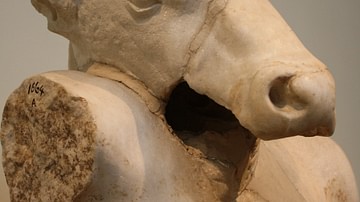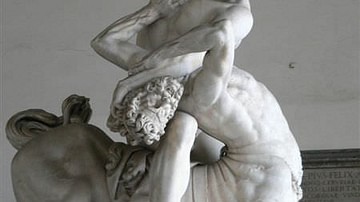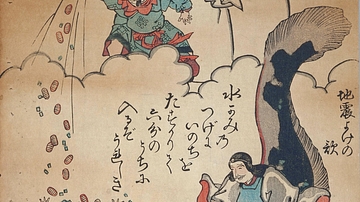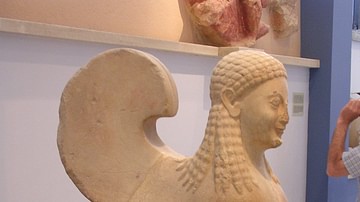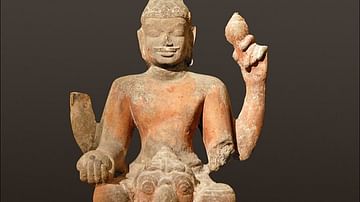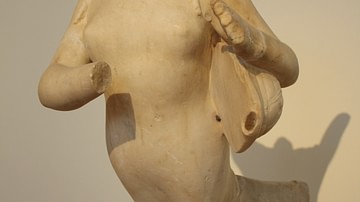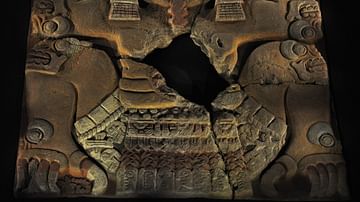World mythology is full of weird and wonderful creatures, monsters formed from bizarre mixes of animal parts or simply hideous beings that torment the best-laid plans of gods, heroes and humanity. Typically used to represent the disorder of strange foreign kingdoms like the centaurs or the downright mysterious like the sphinxes, they can often be defeated by wit, intelligence and reason. Not all monsters were bad, though, and some regularly help both gods and people like Vishnu's vehicle Garuda, the giant human-eagle. Indeed some monsters are actually gods, such as the giant toad Tlaltecuhtli of Mesoamerica. Here is a collection of materials related to some of the stranger creatures antiquity has handed down to us.
The Sphinx of Thebes created drought and famine and would only leave the Thebans alone if they solved her riddle: to define the creature that has two, three or four feet and although it is able to change its form, it moves slower the more feet it uses.
Tips For Teachers & Educators
This collection should definitely grab the interest of your students! It is a nice follow-up or introduction (depending on your course structure) to our other collection, Unsolved Ancient Mysteries, where we discuss what makes a good myth.
The fascinating point about these myths is what they tell us about the society in which they were told and believed. As teachers, one of our missions is to get students ready to recognize and decipher today's myths and be critical of biased information.
- Starting from an article or a video of one of the myths here, it would be interesting for the students to log in a table, per civilization, the characteristics of personality and the physical qualities for both the monster and its opponent(s). This can be done at home individually as preparation or in class in groups.
- On some big posters on the classroom walls, students could come and complete the table according to their homework and/or discussions. You would have one poster per civilization or monster.
- Then, you could have students make a list of the dangers represented by these monsters, their weaknesses, and the strengths of those facing them.
- Brainstorming in class, how about finding current events which could be incarnated in a mythical monster? Then as an assignment or homework, students could choose one of these events and describe what weaknesses there are and which strengths would be needed to face or understand them, so finding out what is really happening behind the myth.
Enjoy teaching!

